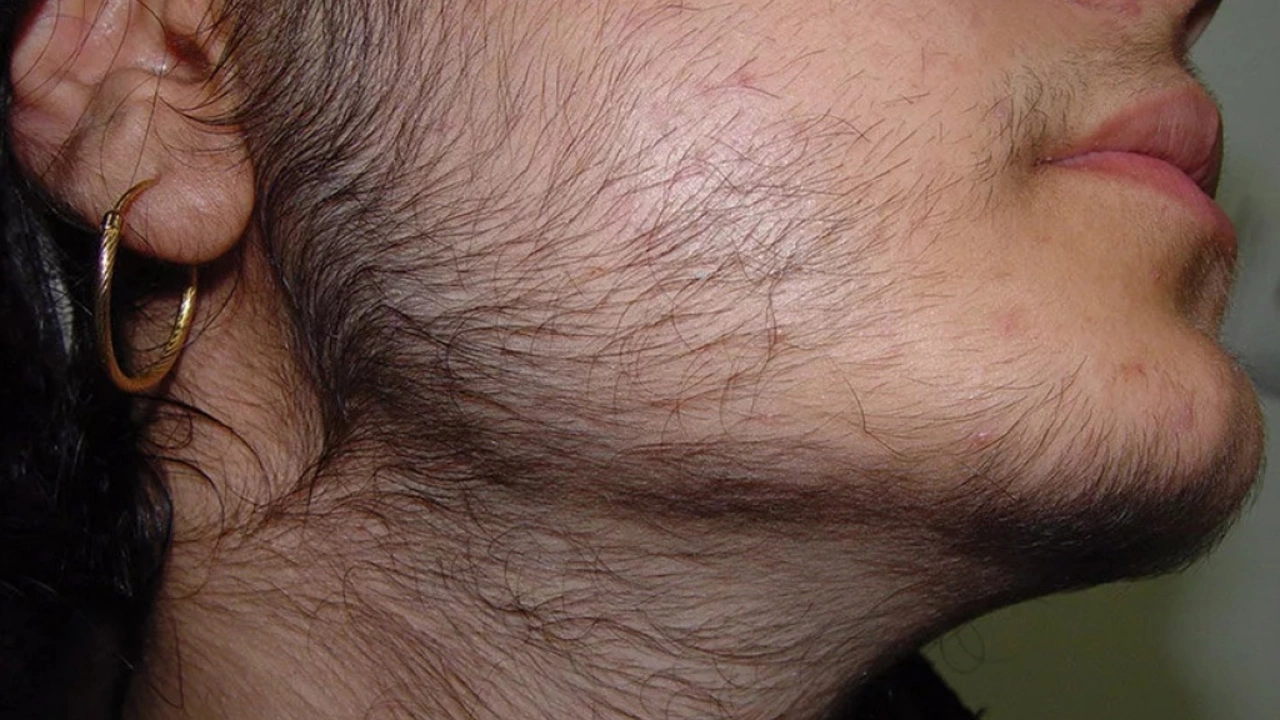Historical Perspective: How Pharmaceuticals and Healthcare Evolved
Ever wonder how today's medicines and healthcare services came to be? Looking back at their history gives us a clearer picture of how far we've come, and why certain practices exist today. From early remedies to modern online pharmacies, the journey is full of interesting twists that shape your medical options.
From Ancient Remedies to Modern Medications
Long before pharmacies existed, people used natural ingredients like herbs and minerals to treat illnesses. These early treatments were based on trial and error, often wrapped in cultural beliefs. Fast forward to the 19th and 20th centuries, and scientific discoveries revolutionized medicine. Take antibiotics, for example—once a breakthrough for fighting infections. Today, advances like blood thinners such as rivaroxaban offer safer, more effective options for heart health.
Some medications we use now, like ranitidine or warfarin, come from this long line of innovation. Understanding their origins helps us appreciate their roles and the safety procedures developed around online purchases and use. This ensures you get genuine medicine without falling into the trap of counterfeits or unsafe practices.
The Rise of Online Pharmacies and Digital Tools
Pharmacy shopping wasn’t always at your fingertips. The trend toward online pharmacies, like arlrussia.ru, and alternatives to platforms such as GoodRx and WellRx, reflects a massive shift in how people access medications. This shift is especially significant in places where physical pharmacies might be few and far between or inconvenient.
These digital services not only offer convenience but often lower prices with discount apps and alternatives. But it’s not just about cost. They also provide detailed drug information, safety tips, and resources, making it easier to manage conditions like asthma, high cholesterol, or even anxiety. Just be sure to use trustworthy platforms and understand the legal and safety aspects of buying medications online.
So, whether you’re curious about how older drugs paved the way for today’s options or navigating the variety of online pharmacies out there, this historical perspective sheds light on the evolving story of medicine. Knowing this helps you make smarter choices for your health in today's fast-changing world.

Hirsutism and Body Hair: A Historical Perspective
In today's blog post, we're taking a look at hirsutism and body hair from a historical perspective. It's fascinating to see how perceptions of body hair have shifted over time, with different societies and cultures placing their own values on hairiness. For example, ancient Egyptians and Romans were known to remove body hair, while in medieval Europe, hair was often seen as a sign of sensuality and fertility. In more recent history, the 20th century saw the rise of hair removal as a beauty standard, especially for women. Overall, our relationship with body hair has been shaped by a complex interplay of factors such as religion, social status, and beauty ideals.